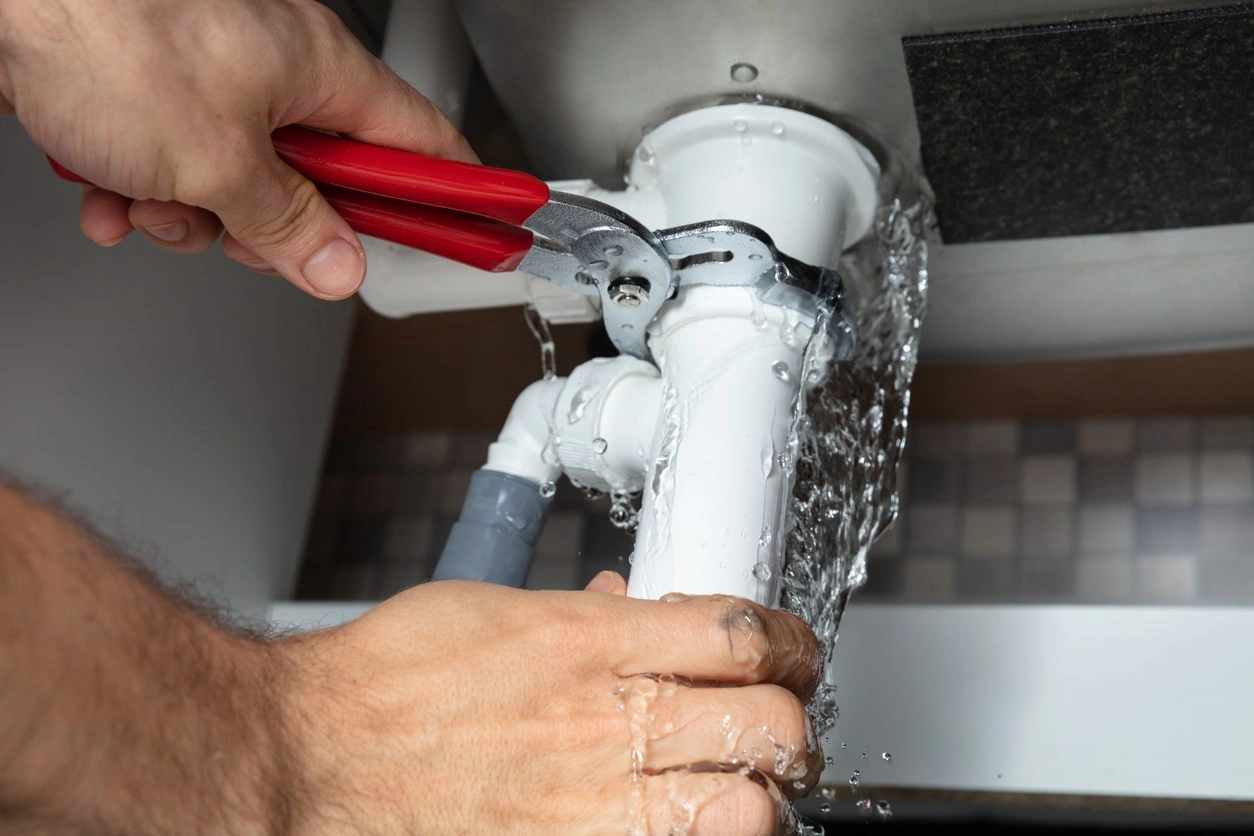
Innovative Thermal Imaging Leak Detector for Tech Pros
Share
In the evolving world of technology, the introduction of the thermal imaging leak detector marks a significant breakthrough, especially for tech professionals and enthusiasts who are eager to embrace new ways to streamline systems and prevent unnecessary loss. As innovation in the tech industry continues to push boundaries, the thermal imaging leak detector emerges as an indispensable tool, offering precision and efficiency in the early detection of leaks.
Understanding its potential and application is crucial for those aiming to remain at the forefront of technological advancements. Within the initial stages of leak detection, this tool provides a nuanced approach that goes beyond traditional methods. From identifying moisture content variations to detecting temperature changes, this technology is a game-changer.

How Does a Thermal Imaging Leak Detector Work?
A thermal imaging leak detector utilizes infrared technology to identify variations in surface temperatures. As leaks lead to temperature changes, typically resulting in cool spots, these variations are captured using thermal cameras. These cameras produce thermograms, which are images reflecting temperature distribution over an area, crucial for accurately pinpointing leaks that are invisible to the naked eye.
The ability to investigate diverse environments non-intrusively makes this method appealing. Plus, by utilizing infrared imaging, professionals can diagnose leaks without physical alterations to structures. The technology streamlines the inspection process, reduces maintenance costs, and enhances system longevity.
Key Features of Thermal Imaging Leak Detectors
Compact and Portable Design: Designed to be easily carried, these devices offer flexibility in various settings.
High Sensitivity and Resolution: Detects even the smallest temperature changes with impressive accuracy.
Real-Time Data Access: With the integration of cloud-based systems, users can access and analyze real-time data remotely.
Enhanced Connectivity: Many devices now feature Bluetooth and Wi-Fi capabilities, aiding in seamless data transfer and analysis.
The Importance in Leak Detection
Leaks, whether in industrial setups or residential spaces, can escalate into significant issues if not identified and addressed promptly. The role of thermal imaging technology is critical in preventing such risks, offering a structured and comprehensive approach to identifying and mitigating potential hazards. This relevance finds its roots in the growing need for sustainable solutions in both urban planning and industrial maintenance.
Tech professionals focusing on real estate water leak solutions or those working on pressure-based sensors greatly benefit from these advancements. The integration of thermal imaging helps maintain operational efficiency and prolongs the integrity of critical infrastructures.
Comparative Advantage over Traditional Methods
Traditional leak detection methods often require physical inspections, which may be invasive and potentially disruptive. The thermal imaging leak detector provides a non-invasive alternative, thereby preserving the structural integrity of buildings and machinery. Unlike traditional approaches that may overlook minor leaks, the precision of thermal imaging techniques ensures even the smallest leaks are discovered before they grow into more significant problems.
Furthermore, industries are now taking a dual approach by integrating ultrasonic water detection with thermal imaging to ensure that all bases are covered for comprehensive leak management.
Implementing Thermal Imaging Technology in Daily Operations
For tech professionals and businesses, understanding how to implement this technology efficiently is key to leveraging its full potential. Monitoring systems can be updated with thermal imaging tools to enhance their diagnostic accuracy, thus enabling the prediction of system failures before they occur. This level of proactivity not only preserves resources but also promotes safety and sustainability across operations.
By comparing techniques from traditional infrared detectors to the more advanced thermal imaging options, professionals are likely to remain informed and adaptable in an ever-evolving landscape.

FAQ Section
What industries benefit most from thermal imaging leak detectors?
Industries such as construction, manufacturing, and plumbing greatly benefit due to the non-invasive and precise nature of the technology in identifying leaks.
How reliable are thermal imaging leak detectors in variable weather conditions?
They are highly reliable; however, professionals should account for potential anomalies during extreme temperature fluctuations. Consistent calibration ensures ongoing accuracy.
Are there cost-effective models for small businesses?
Yes, several manufacturers offer budget-friendly options tailored for small-scale operations without compromising on detection accuracy and efficiency.
Ultimately, as the digital age propels industries forward, the thermal imaging leak detector stands as a testament to how technology can provide effective, innovative solutions to age-old problems, ensuring safety, cost-efficiency, and sustainability for years to come.
For more insights on water leak detection technologies, explore the [Springwell](https://www.springwellwater.com/benefits-home-smart-water-leak-detectors) for additional resources.
